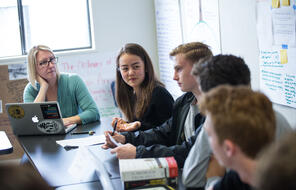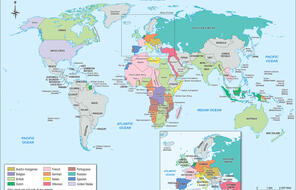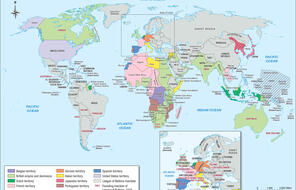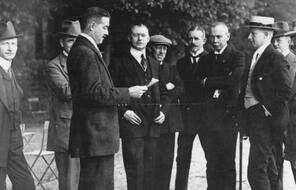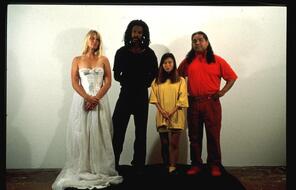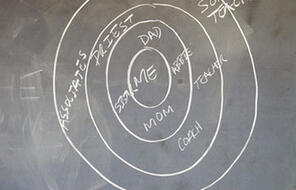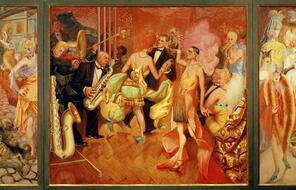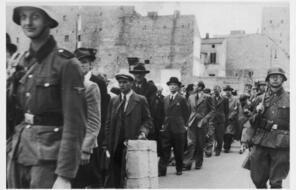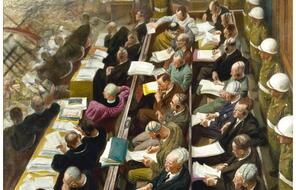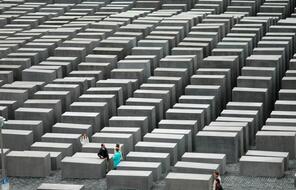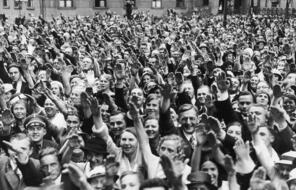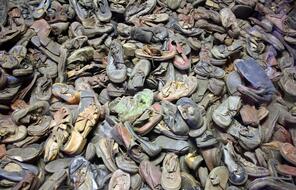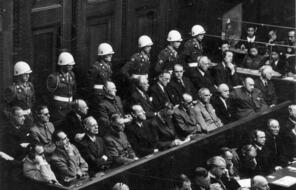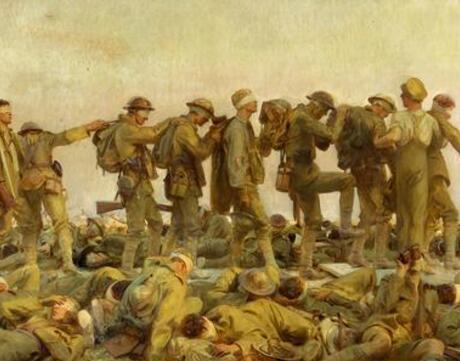
Analyzing the Effects of World War I
Duration
One 50-min class periodSubject
- Civics & Citizenship
- Social Studies
Grade
6–12Language
English — USPublished
Overview
About This Lesson
This lesson uses maps from Chapter 3 of Holocaust and Human Behavior to help students visualize and better consider the impact of World War I. While maps do not tell the whole story, they can provide crucial information to help us understand and analyze history. The maps Empires before World War I and The World after World War I begin to illustrate the scope of the impact that World War I had on the countries that fought in it and on the world as a whole. With the information these maps provide, students will be better equipped to make predictions about what happened in the years following the war before they study that history. In this lesson, students will analyze these two maps, look for patterns of continuity and change between the maps, and practice making inferences about the period of history that followed World War I based on what they observe from the maps.
While students will be able to glean important information about World War I and its impact, especially on Germany, from these activities, this lesson will be most effective if students have studied other aspects of the war. Look to Chapter 3 of Holocaust and Human Behavior for readings, primary sources, and other resources that explore aspects of World War I that had an important effect on the history of Nazi Germany and the Holocaust.
Preparing to Teach
Lesson Plans
Activities
Extension Activity
Materials and Downloads
Unlimited Access to Learning. More Added Every Month.
Facing History & Ourselves is designed for educators who want to help students explore identity, think critically, grow emotionally, act ethically, and participate in civic life. It’s hard work, so we’ve developed some go-to professional learning opportunities to help you along the way.
Exploring ELA Text Selection with Julia Torres
On-Demand

Working for Justice, Equity and Civic Agency in Our Schools: A Conversation with Clint Smith
On-Demand

Centering Student Voices to Build Community and Agency
On-Demand


